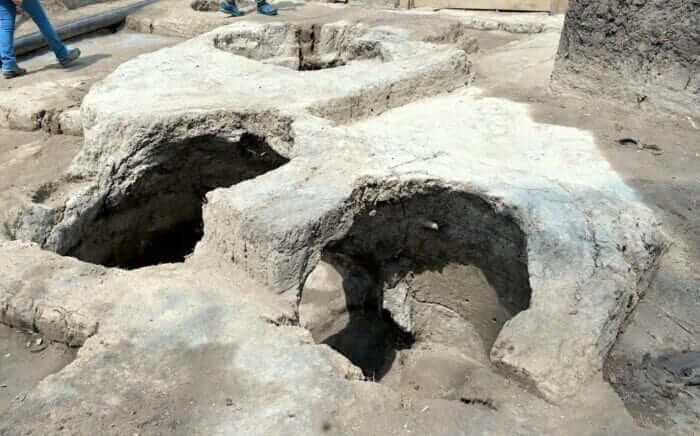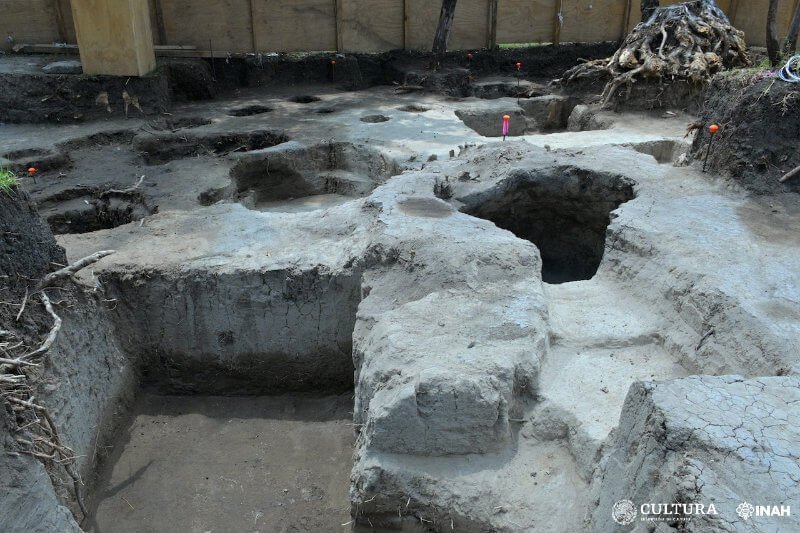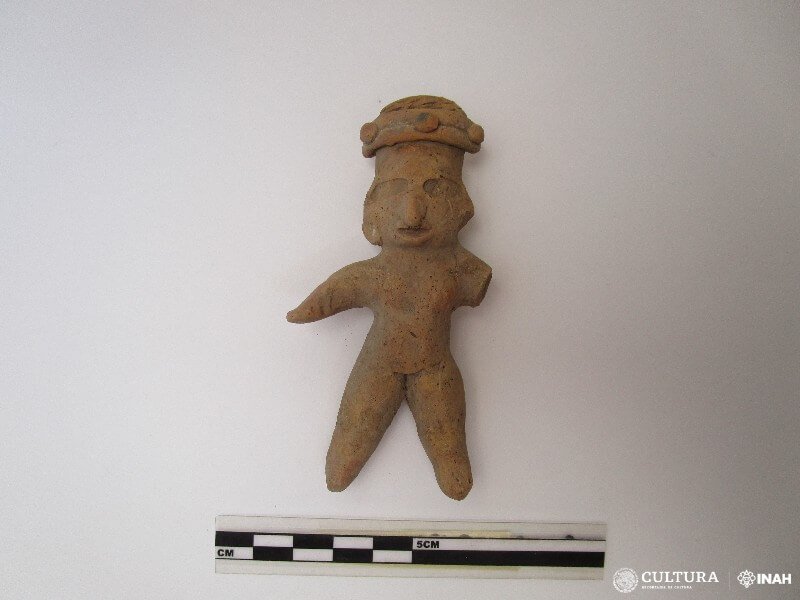In a groundbreaking archaeological discovery, a team from the National Institute of Anthropology and History (INAH) has unearthed 10 truncated conical tombs, estimated to be around 3,000 years old, at the edge of the third section of the Chapultepec Forest. The find provides a fascinating glimpse into the life of a large village that thrived in the Lomas de Chapultepec during the Early and Middle Preclassic periods (2500–400 BC). This remarkable discovery sheds light on the funerary practices of the first agricultural communities in the region.
A Glimpse into Ancient Life
Archaeologist María de Lourdes López Camacho, the coordinator of the archaeological excavations, expresses the significance of the find by highlighting that the community existed before the Xitle volcano eruption and the formation of the Pedregal de Coyoacán. The subsoil, where the tombs were discovered, has been miraculously preserved for over 3,000 years, offering an unparalleled opportunity to study the ancient past.
The discovery refers to the existence of a village from the Early and Middle Preclassic period (2500-400 BC), to the west of current Mexico City. Photo: INAH
Unique Funerary Architecture
The truncated conical tombs, also known as bottle or bell tombs due to their inverted cone shape truncated at a point, present a distinct funerary architecture. These tombs, found at an elevation of 2,416 meters above sea level, mark the first discovery of such structures in the western part of Mexico City. The diameters of the graves vary between one and two meters, with a maximum height of 1.50 meters.
Diverse Burial Practices
Five of the ten tombs contained deposits of human remains, including four female and one male individual, all arranged in a flexed position. This unique burial practice adds to the complexity of the discovery. Preliminary analysis suggests that the truncated conical tombs belong to the Middle Preclassic period (1200-400 BC), with characteristics closely linked to the Early Preclassic period (2500-1200 BC), based on associated materials.
Aerial photos. Photo: Fabian González. INAH
Archaeological Riches
The excavations not only revealed the truncated conical tombs but also uncovered a wealth of artifacts and offerings. Materials recovered from both Early and Middle Preclassic periods include deer antlers used as tools, concave-convex cups, fragments of slate discs, punches, concave cups, female figurines, effigy vessels, and schematic figurines referred to as "ghosts." These findings provide valuable insights into the cultural and technological aspects of the ancient community.
Continued Investigations
Further exploration by the archaeological rescue team uncovered three burials in rectangular cists arranged in an east-west axis. This suggests that the village persisted beyond the Preclassic period, potentially into later periods such as the Classic Period when the Teotihuacan culture inhabited the region.
The discovery of truncated conical tombs in the Chapultepec Forest stands as a testament to the resilience of ancient communities and the richness of their cultural practices. As researchers continue to analyze the findings, we can expect more revelations about the lifestyles, beliefs, and technological achievements of the people who once called this region home. The Chapultepec Forest has once again proven to be a treasure trove of archaeological wonders, offering a bridge between the modern world and the mysteries of our ancient past.
From both contexts, a collection of diverse materials has been recovered, some arranged as offerings. Photo: María de Lourdes López Camacho.










